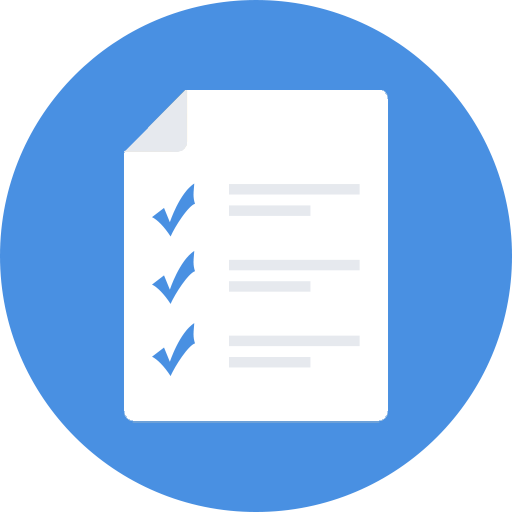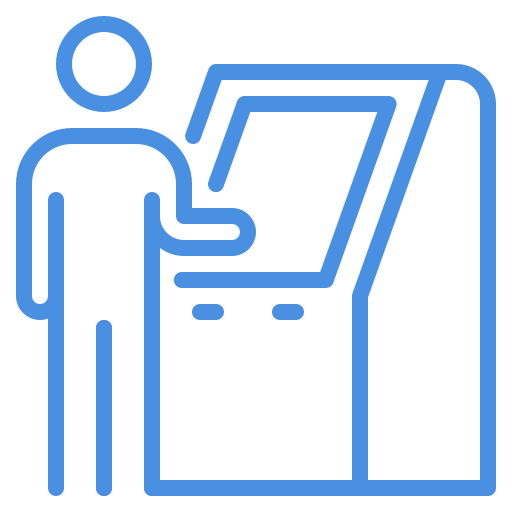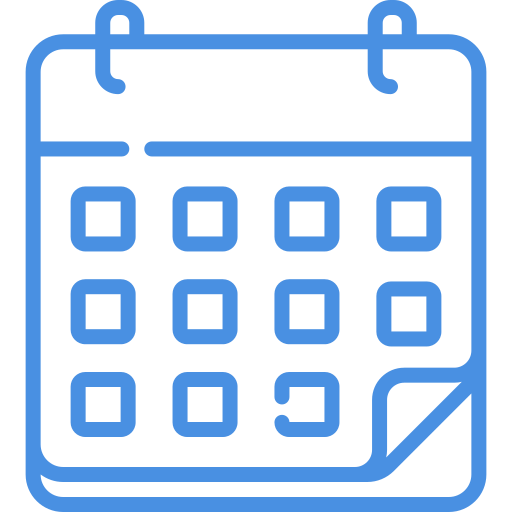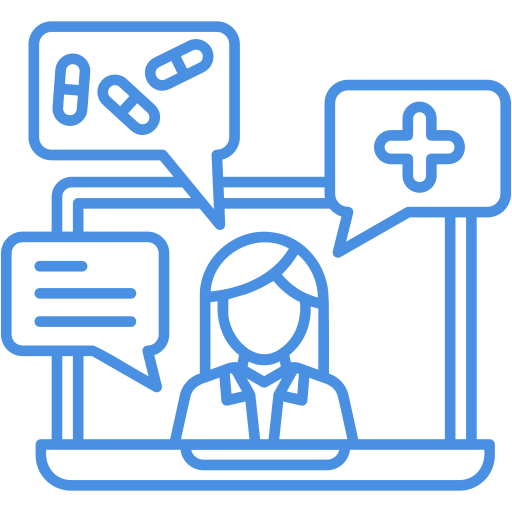For physical and occupational therapists, sports massage for athletes is a powerful, hands-on tool to accelerate recovery, prevent re-injury, and achieve superior performance. While therapeutic exercise is foundational, integrating targeted massage techniques elevates a standard rehabilitation plan. This guide explores the key clinical benefits of sports massage and how to apply it in your practice.
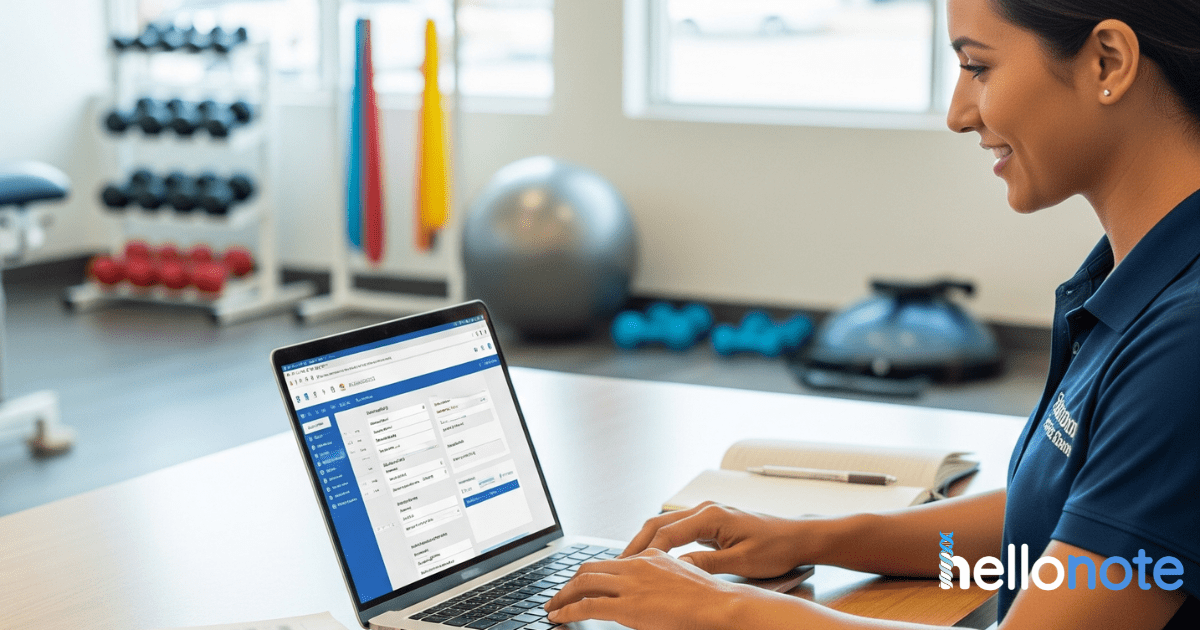
What is Sports Massage (and How Is It Different)?
Unlike a relaxing Swedish massage or a generalized deep tissue massage, sports massage is a targeted therapy designed for the specific needs of an athlete. It uses a combination of techniques, including stroking, kneading, trigger point therapy, and stretching, to address the muscles and connective tissues stressed during athletic activity. The primary goal is not just relaxation, but functional restoration and performance enhancement.
The Top 5 Clinical Benefits of Sports Massage
Integrating sports massage delivers measurable outcomes that directly support physical and occupational therapy goals.
1. Accelerates Muscle Recovery and Reduces Soreness
Intense training leads to microscopic muscle tears and inflammation, causing delayed onset muscle soreness (DOMS). Studies show that sports massage significantly improves blood flow, which helps flush out metabolic byproducts (like lactic acid) and deliver oxygen-rich blood to tissues, speeding up the repair process.
2. Improves Flexibility and Range of Motion
Repetitive movements can create adhesions and stiffness in muscles and fascia. Techniques like myofascial release break down these restrictions. For an athlete recovering from ACL reconstruction, targeted soft tissue work on the quadriceps and hamstrings can be critical for restoring full knee extension and flexion.
3. Reduces the Risk of Future Injuries
By keeping muscles pliable and elastic, sports massage helps prevent the strains and tears that often occur when tight muscles are pushed too hard. Regular massage allows therapists to identify and treat potential problem areas, like trigger points or excessive tension, before they lead to a major injury.
4. Corrects Muscular Imbalances and Poor Patterns
Athletes often develop compensatory patterns to work around a weak or injured area. Massage helps release tension in these overworking muscles, allowing therapists to retrain proper movement. For a runner with chronic IT band syndrome, releasing tightness in the hip and gluteal muscles is key to restoring a balanced, symmetrical gait.
5. Enhances Proprioception and Body Awareness
Muscle tightness can dull the nerve signals that contribute to proprioception (your sense of body position), increasing the risk of missteps and sprains. By releasing this tension, massage enhances the body’s neuromuscular feedback loop, improving balance and coordination—an invaluable benefit for any athlete.
When to Use Sports Massage: Pre-Event vs. Post-Event
The application of sports massage varies depending on the timing relative to competition.
-
-
Pre-Event Massage: A shorter, more stimulating massage performed 15-45 minutes before an event. It focuses on increasing circulation and warming up key muscle groups without causing excessive relaxation.
-
Post-Event Massage: Performed within a few hours after competition, this massage is slower and more restorative. The goal is to calm the nervous system, reduce inflammation, and begin the recovery process.
-
Documenting Sports Massage to Prove Outcomes
To truly demonstrate the value of sports massage, precise documentation is crucial. Tracking interventions and their results validates the treatment’s effectiveness and informs future sessions. This is where a specialized EMR becomes essential.
HelloNote allows therapists to seamlessly document massage interventions in their SOAP notes, quantitatively track range-of-motion improvements with built-in goniometry tools, and generate clear progress reports. This ensures that you can prove the functional gains your athletes are making with every session.
Frequently Asked Questions About Sports Massage for Athletes
- Q1: Is sports massage good for athletes?
Yes, sports massage is exceptionally good for athletes. It is a targeted treatment designed to address the specific strains caused by athletic activity, helping to accelerate recovery, prevent injuries, and improve overall muscle function and flexibility.
- Q2: What is the difference between a sports massage and a deep tissue massage?
A sports massage is focused on athletic performance and recovery, often targeting specific muscle groups used in a sport and combining techniques like stretching. A deep tissue massage is broader, focusing on relieving severe tension in the deeper layers of muscle and connective tissue throughout the body.
- Q3: What is the difference between a sports massage and a deep tissue massage?
A deep tissue massage focuses broadly on relieving chronic muscle tension throughout the body. A sports massage is more targeted; it uses a variety of techniques to address the specific muscles used in an athlete’s sport to improve performance, prevent injury, and speed up recovery.
- Q4: How often should an athlete get a sports massage?
The ideal frequency depends on the athlete’s training volume. For serious athletes, once every 1-2 weeks is beneficial. For more casual athletes, once a month can be effective for maintenance and injury prevention.
- Q5: What is a therapist for athletes called?
A therapist for athletes can have several titles depending on their specialization. Common titles include Sports Physical Therapist (often with a DPT degree), a Certified Athletic Trainer (ATC), or a Sports Massage Therapist (LMT). Each has a distinct role in an athlete’s care team.
- Q6: What is physical therapy for athletes?
Physical therapy for athletes, also known as sports physical therapy, is a specialized branch of healthcare focused on preventing, evaluating, and treating sports-related injuries. It aims to restore an athlete’s function, strength, mobility, and sport-specific skills to facilitate a safe return to play.
- Q7: How does therapy help athletes?
Therapy helps athletes by accelerating recovery from injury, reducing pain and inflammation, improving flexibility and range of motion, correcting movement dysfunctions, preventing future injuries through corrective exercise, and ultimately enhancing overall athletic performance.
- Q8: What are the 5 stages of rehabilitation in sport?
The 5 universally recognized stages of sports rehabilitation are:
-
The Acute Stage: Focuses on reducing pain and inflammation immediately after an injury.
-
Restoring Range of Motion: Gentle exercises are used to regain flexibility in the injured joint or muscle.
-
Restoring Strength: Progressive resistance exercises are introduced to rebuild muscle strength and endurance.
-
Restoring Sport-Specific Skills: Drills and functional movements that mimic the demands of the athlete’s sport are practiced.
-
Return to Play: The final phase where the athlete is gradually reintegrated into full practice and competition.
-
Elevate Your Practice with Sports Massage
Sports massage is far more than a luxury, it is an evidence-based therapeutic tool that produces significant functional outcomes. By incorporating these techniques into your practice, you can help athletes not only recover from injury but return to their sport stronger, more resilient, and better prepared for the demands of competition.

